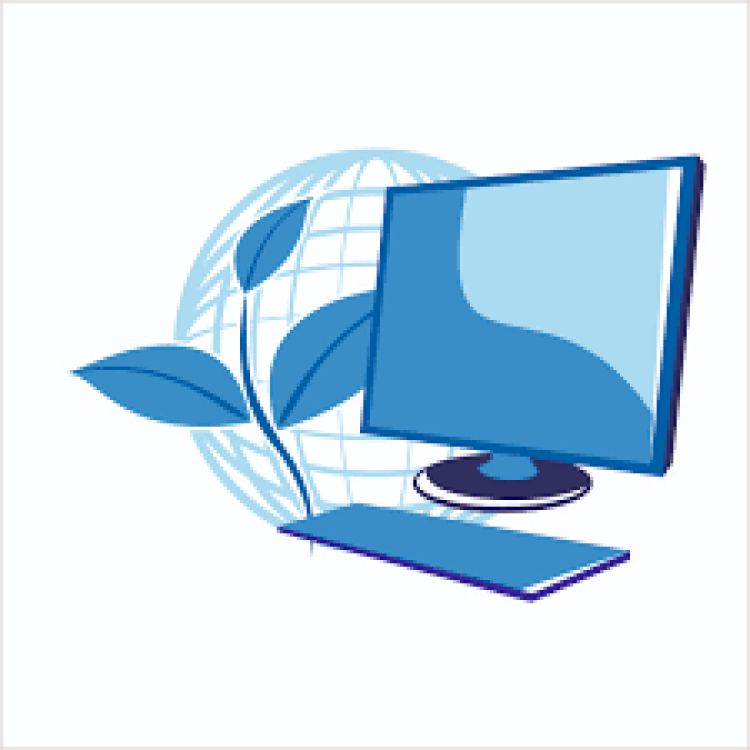1) FUNDAMENTALS OF COMPUTER
Computer system:
- Characteristics and capabilities.
- Computer Hardware and Software: Block Diagram of a Computer,
- Different Data Processing: Data, Data Processing System, Storing Data, Processing Data.
- Types of Computers: Analogue, Digital, Hybrid, General and Special Purpose Computers.
- Generation of Computers.
- Computer Systems: Micros, Minis & Main-frames. Limitations of Micro Computer.
Computer Peripherals:-
- Introduction to Input Devices:
- Computer Output Devices:
- Basic Components & Storage Unit:
- Central Processing Unit: The Microprocessor, control unit, A.L.U., Registers, Buses, Main Memory, Main Memory (RAM) for microcomputers, Read Only Memory(ROM). Storage Devices: Storage Fundamentals, Primary and Secondary Storage, Data Storage and Retrieval Methods —Sequential, Direct & Indexed Sequential, Tape Storage and Retrieval Methods Tape storage Devices, characteristics and limitations, Direct access Storage and Microcomputers– Hard Disks, Disk Cartridges, Direct Access Storage Devices for large Computer systems, Mass storage systems and Optical Disks, CD ROM.
- Computer Software & Languages System Software: System software Vs. Application Software, Types of System Software, Introduction and Types of Operating Systems. Boot Loader, Diagnostic Programs, BIOS, Utility Programs. Application Software: Microcomputer Software, Interacting with the System, Trends in PC software, Types of Application Software, Difference between Program and Packages.
- Computer Languages: Definition, Generations of computer languages, Types of Languages,
- Language Processors: Assembler, Interpreter, Compiler, Linker and Loader. Programming constructs, Algorithm & f low chart.
2) WORD PROCESSING
3) OPERATING SYSTEM (DOS, WINDOWS 7,10)
Introduction to DOS:- History and versions of DOS. Fundamentals of DOS: Physical Structure of the Disk, Compatibility of drives, Disks & DOS versions, Preparing Disks for use, Device Names.
Microsoft Windows:- Operating system-Definition & functions, basics of Windows. Basic components of windows, icons, types of icons, taskbar, activating windows, using desktop, title bar, running applications, exploring computer, managing files and folders, copying and moving files and folders .Control panel-display properties, adding and removing software and hardware, setting date and time, screen saver and appearance. Using windows accessories.
4) MS-OFFICE :
Ms. Office course trains students how to use MS Office applications use in office work such as creatingprofessional-quality documents; store, organize and analyze information; arithmetic operations and functions;and create dynamic slide presentations with animation, narration, images, and much more, digitally andeffectively.
MS- WORD
- Creating, editing, saving and printing text documents
- Font and paragraph formatting
- Simple character formatting
- Inserting tables, smart art, page breaks
- Using lists and styles
- Working with images
- Using Spelling and Grammar check
- Understanding document properties
- Mail Merge
MS-EXCEL
- Spread sheet basics
- Creating, editing, saving and printing spread sheets
- Working with functions & formulas
- Modifying worksheets with colour & auto formats
- Graphically representing data : Charts & Graphs
- Speeding data entry: Using Data Forms
MS-POWER POINT
- Creating Professional Slide for Presentation.
- Opening, viewing, creating, and printing slides
- Applying auto layouts
- Using slide transitions
5) INTERNET
- Understanding how to search/Google
- Bookmarking and Going to a specific website
- Copy and paste Internet content into your word file and emails
- Understanding social media platforms such as Facebook & Many more
- Learn with best practices
6) EMAIL
- Plan the content: Decide what you want to teach the subscriber.
- Write the emails: Write the emails in a sequence that teaches the subscriber the topic.
- Personalize the emails: Include the recipient's name or other personalized information.
7) HTML
- Understand the basic structure of an HTML document.
- Make use of HTML tags (for example, headings, paragraphs, images, and links).
- Make and format lists, both ordered and unordered.
- Apply attributes to edit elements (e.g., colors, sizes, links).
- Make tables and forms.
8) DHTML
A DHTML syllabus may include topics such as the components of DHTML, how to create interactive web pages, and how to use DHTML to add effects.
9) PRACTICAL & PROJECT WORK :
These syllabi have been reviewed by faculty volunteers serving on the Project Syllabus team. We make no claim that any of these syllabi are perfect; they are made available here as quality examples of syllabi that have undergone revision through the peer review process. The "Best Practices" category contains exemplary portions (Calendars, Course objectives, etc.) of various syllabi on this site. If you would like to submit your syllabi for peer review and possible inclusion
